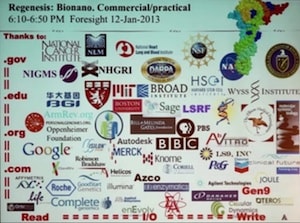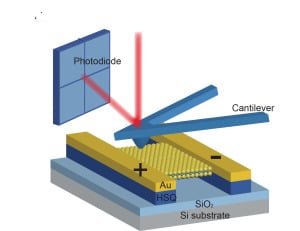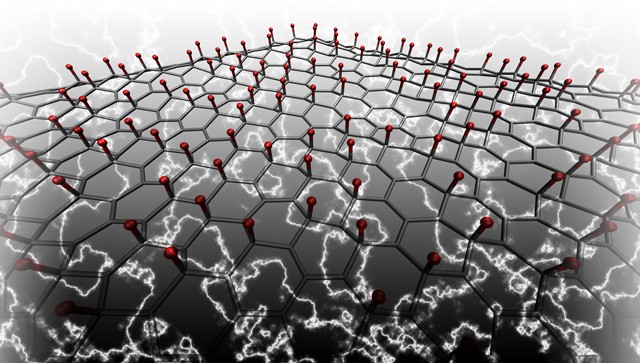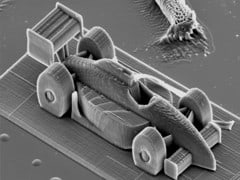A nanoengine 100 times more powerful than known nanomotors and muscles was demonstrated using the aggregation and dispersal of gold nanoparticles coated with a polymer that undergoes a rapid transition from hydrophobic to hydrophilic.
Powerful nanoengine built from coated nanoparticles







